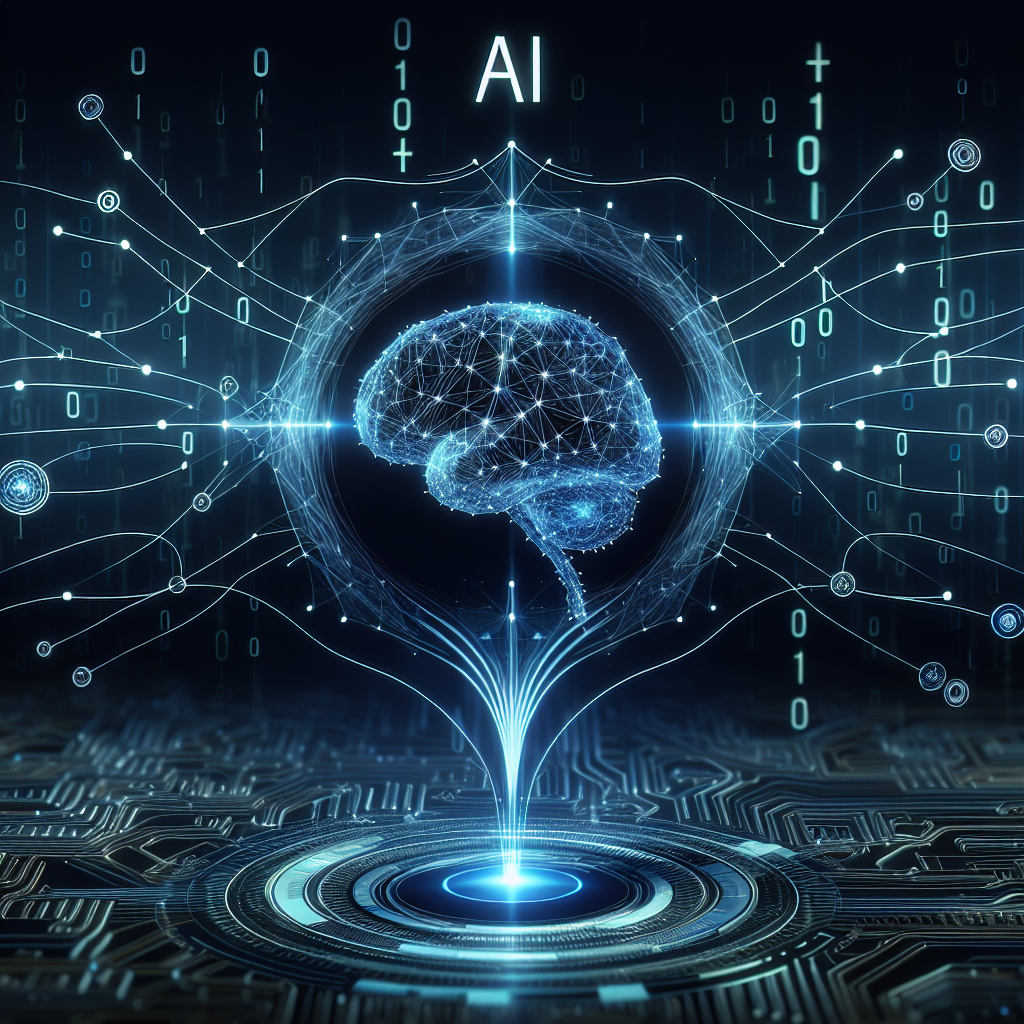In recent years, the rise of artificial intelligence (AI) has had a profound impact on almost every industry, including cybersecurity. With cyber threats becoming more sophisticated and prevalent, organizations are turning to AI to help them better protect their data and systems from potential breaches. In this article, we will explore the role of AI in cybersecurity risk mitigation and how it is revolutionizing the way organizations defend against cyber attacks.
AI in Cybersecurity Risk Mitigation
AI has the potential to significantly enhance cybersecurity efforts by providing organizations with the ability to detect and respond to threats in real-time. Traditional cybersecurity solutions rely on predefined rules and signatures to identify and block potentially malicious activity. However, these rules can quickly become outdated as cybercriminals develop new tactics and techniques to evade detection.
AI, on the other hand, uses machine learning algorithms to analyze vast amounts of data and identify patterns and anomalies that indicate potential threats. By continuously learning from new data and adapting to evolving threats, AI can help organizations stay ahead of cyber attacks and respond more effectively to incidents.
One of the key advantages of AI in cybersecurity risk mitigation is its ability to automate threat detection and response processes. AI-powered security solutions can monitor network traffic, log files, and user behavior in real-time, alerting security teams to potential threats and automatically taking action to mitigate risks. This not only reduces the time it takes to detect and respond to incidents but also helps organizations improve their overall security posture.
AI can also be used to enhance traditional security measures, such as antivirus software and firewalls, by providing an additional layer of defense against advanced threats. For example, AI-powered endpoint security solutions can detect and block malware in real-time, even if the malware has never been seen before. This proactive approach to cybersecurity can help organizations prevent costly data breaches and protect sensitive information from falling into the wrong hands.
Another area where AI is making a significant impact on cybersecurity risk mitigation is in threat intelligence. AI-powered threat intelligence platforms can analyze vast amounts of data from various sources, such as dark web forums and social media, to identify emerging threats and vulnerabilities. By providing organizations with real-time insights into potential risks, AI-powered threat intelligence platforms can help security teams make informed decisions and take proactive steps to protect their systems and data.
AI can also help organizations improve their incident response capabilities by automating the investigation and remediation of security incidents. AI-powered security orchestration and automation platforms can analyze security alerts, correlate data from multiple sources, and prioritize incidents based on risk levels. This enables security teams to respond more quickly to incidents, contain threats, and minimize the impact of cyber attacks on their organizations.
FAQs
Q: How does AI-powered cybersecurity differ from traditional cybersecurity solutions?
A: Traditional cybersecurity solutions rely on predefined rules and signatures to identify and block potential threats, while AI-powered cybersecurity solutions use machine learning algorithms to analyze vast amounts of data and identify patterns and anomalies that indicate potential threats. AI-powered solutions can adapt to evolving threats in real-time and automate threat detection and response processes, making them more effective at mitigating cybersecurity risks.
Q: Can AI replace human cybersecurity professionals?
A: While AI can enhance cybersecurity efforts by automating certain processes and tasks, it cannot replace human cybersecurity professionals entirely. Human expertise is still essential for making strategic decisions, interpreting complex data, and responding to sophisticated threats that AI may not be able to detect. AI should be seen as a tool to augment the capabilities of cybersecurity professionals, rather than a replacement for them.
Q: Is AI-powered cybersecurity expensive to implement?
A: The cost of implementing AI-powered cybersecurity solutions can vary depending on the size and complexity of an organization’s IT infrastructure, as well as the level of AI capabilities required. While upfront costs may be higher than traditional cybersecurity solutions, the long-term benefits of AI-powered cybersecurity, such as improved threat detection and response capabilities, can outweigh the initial investment. Organizations should consider the value that AI can bring to their cybersecurity efforts and weigh the costs against the potential benefits.
Q: How can organizations ensure the security and privacy of AI-powered cybersecurity solutions?
A: Organizations should take several steps to ensure the security and privacy of AI-powered cybersecurity solutions. This includes conducting thorough risk assessments before implementing AI technologies, ensuring that data used by AI algorithms is securely stored and encrypted, and regularly monitoring and auditing AI systems for any potential vulnerabilities or misuse. Organizations should also ensure that AI solutions comply with relevant data protection regulations, such as the General Data Protection Regulation (GDPR), to protect the privacy of their customers’ data.
In conclusion, AI is playing an increasingly important role in cybersecurity risk mitigation by providing organizations with the ability to detect and respond to threats in real-time, automate threat detection and response processes, enhance traditional security measures, and improve incident response capabilities. By leveraging the power of AI, organizations can stay ahead of cyber threats, protect sensitive information, and minimize the impact of cyber attacks on their operations. However, it is essential for organizations to carefully consider the security and privacy implications of implementing AI-powered cybersecurity solutions and take appropriate measures to safeguard their systems and data.

